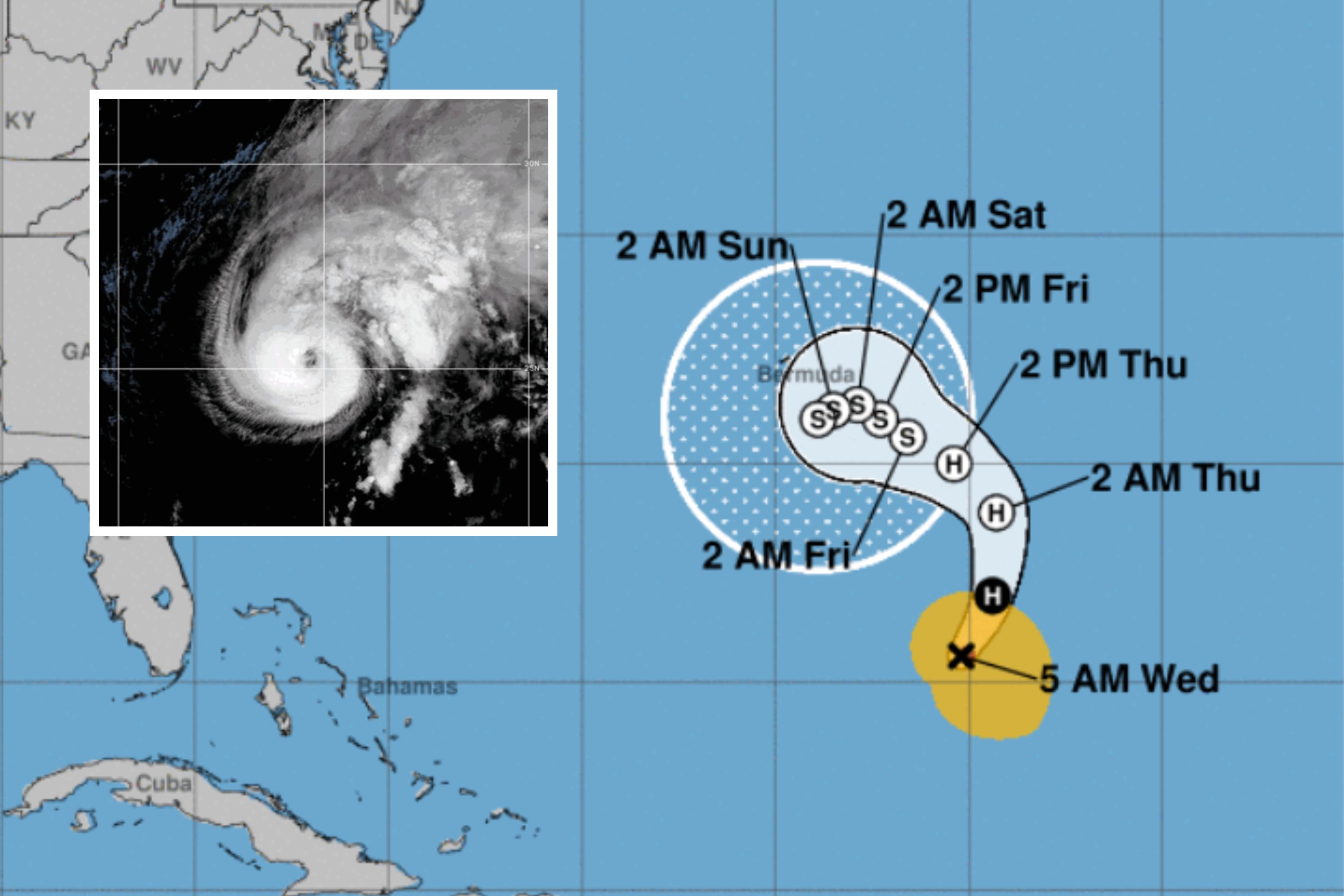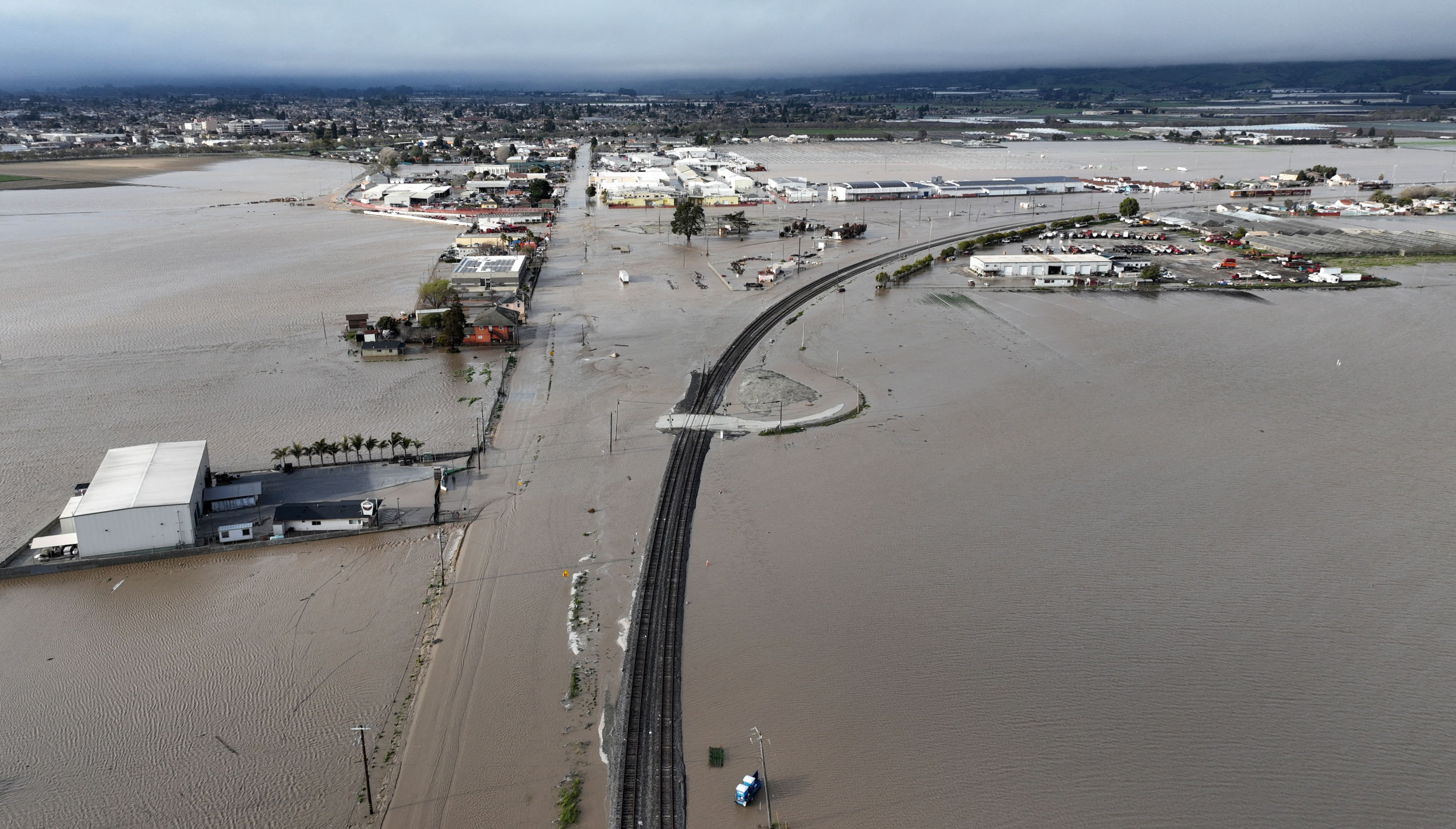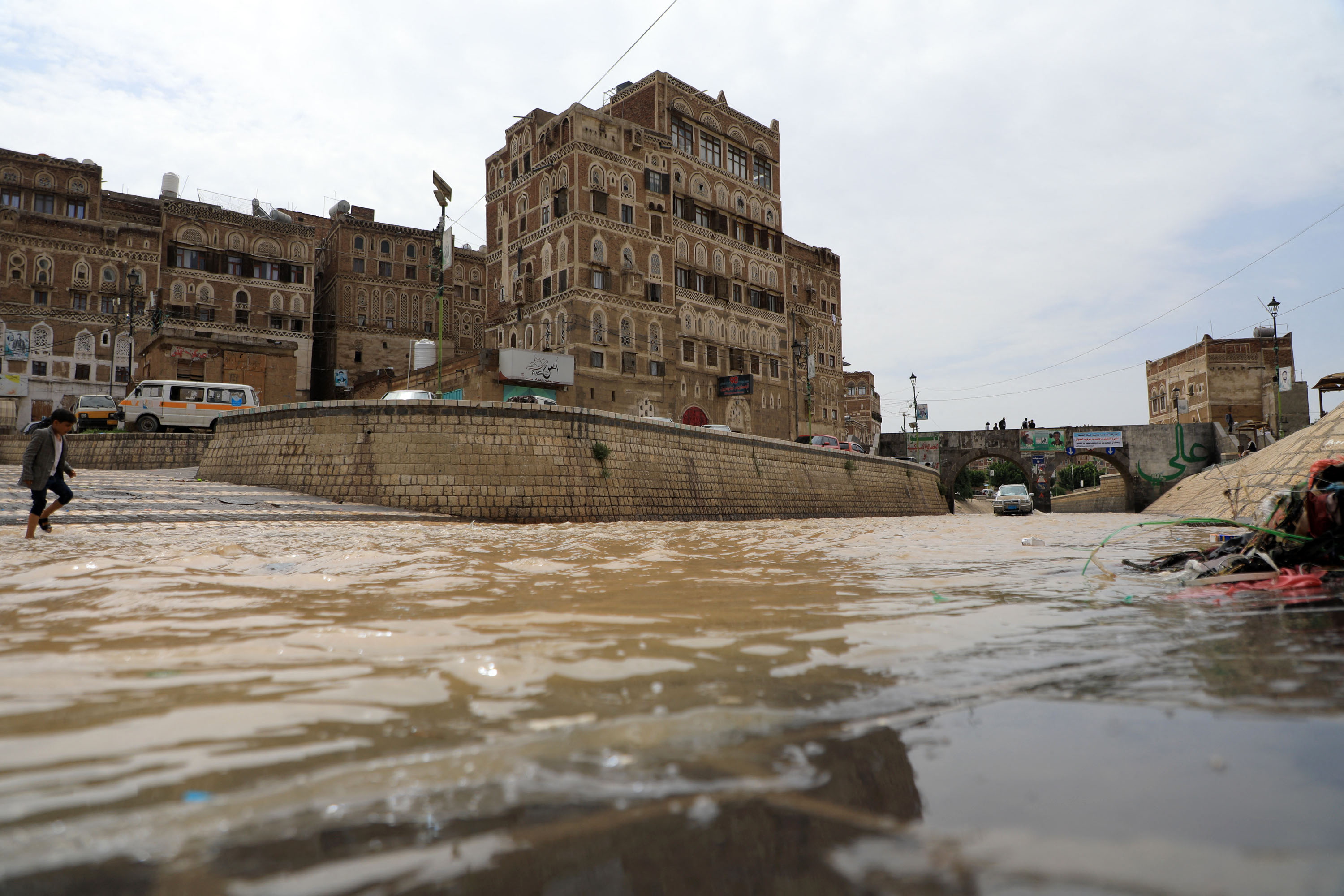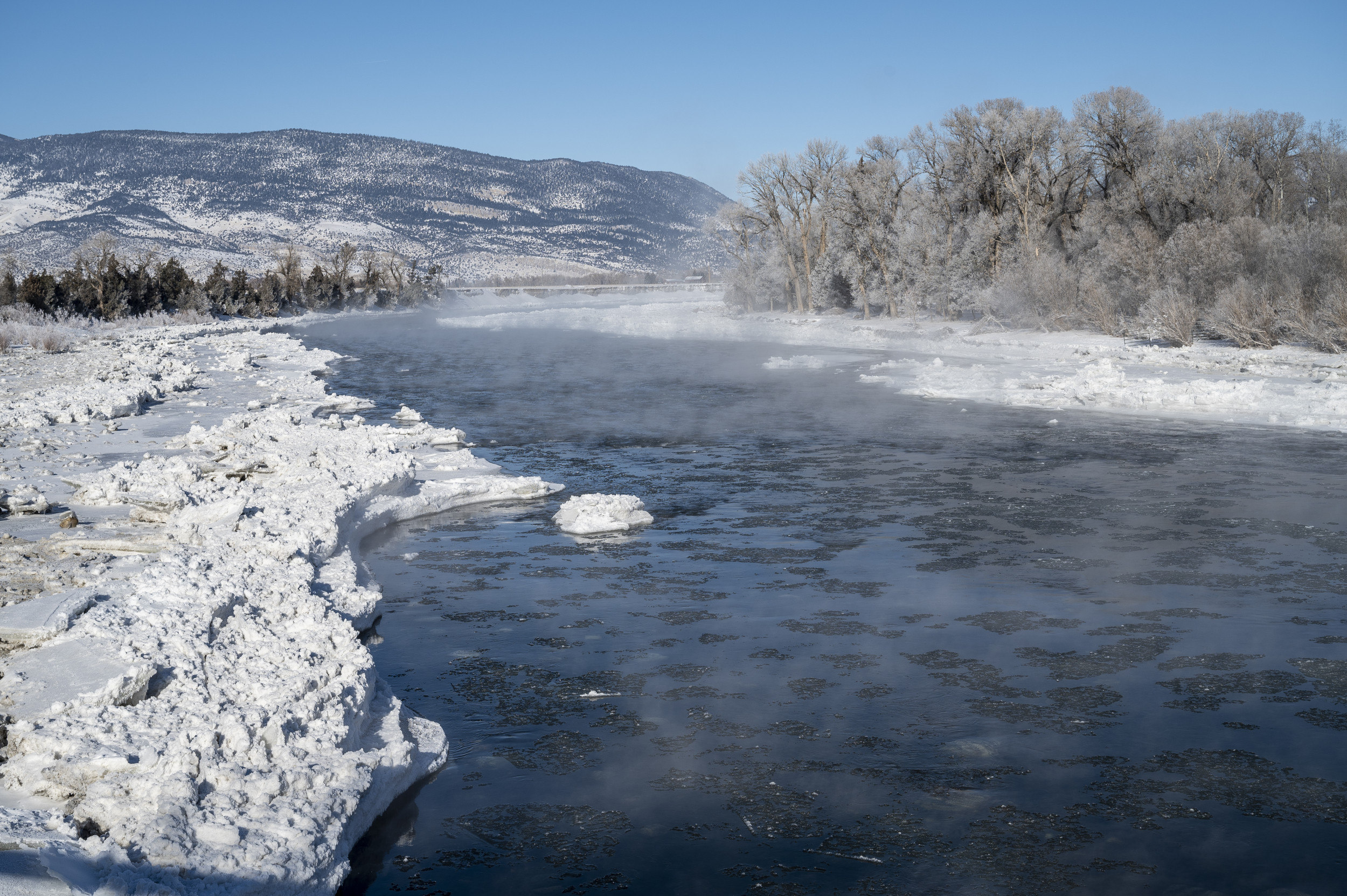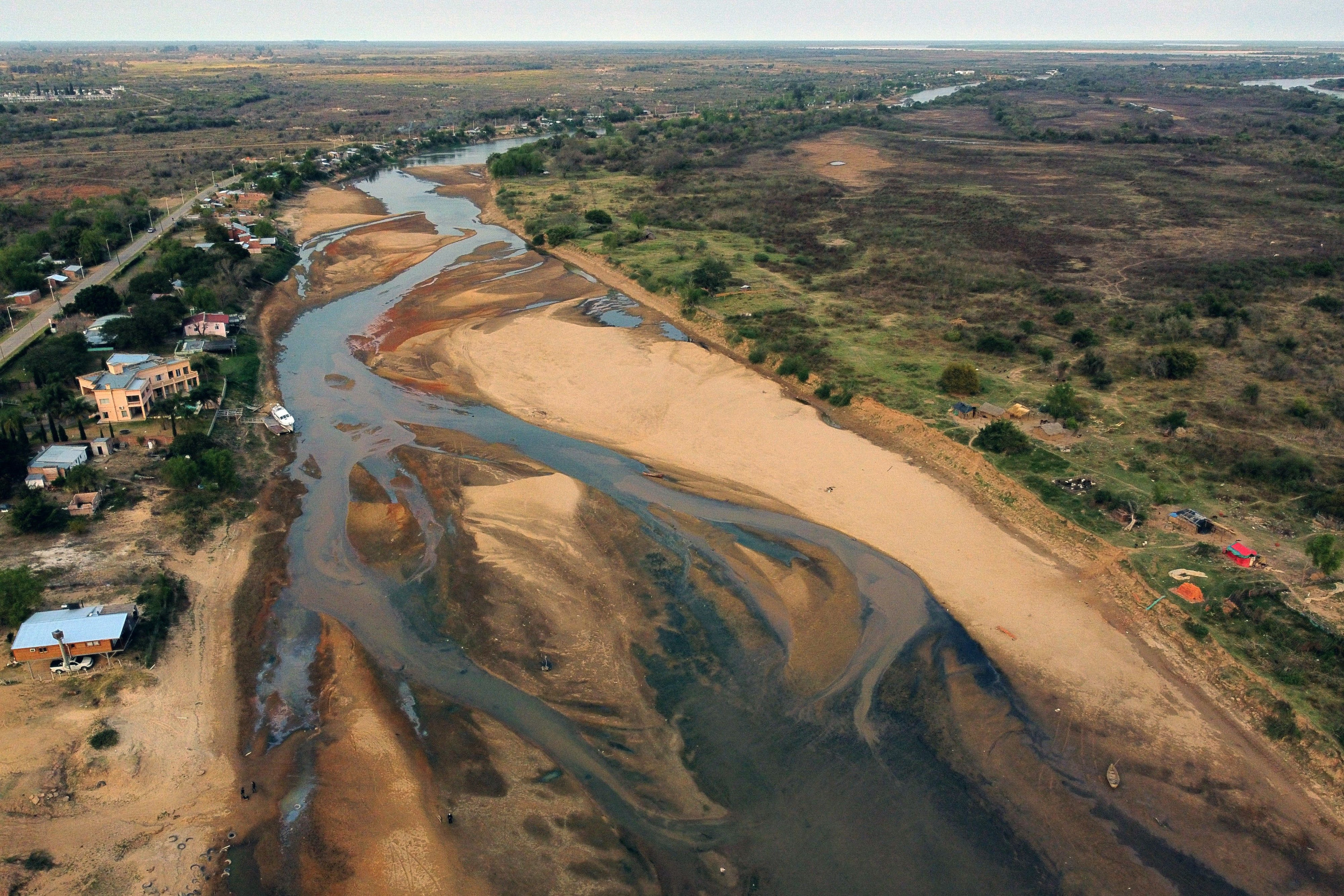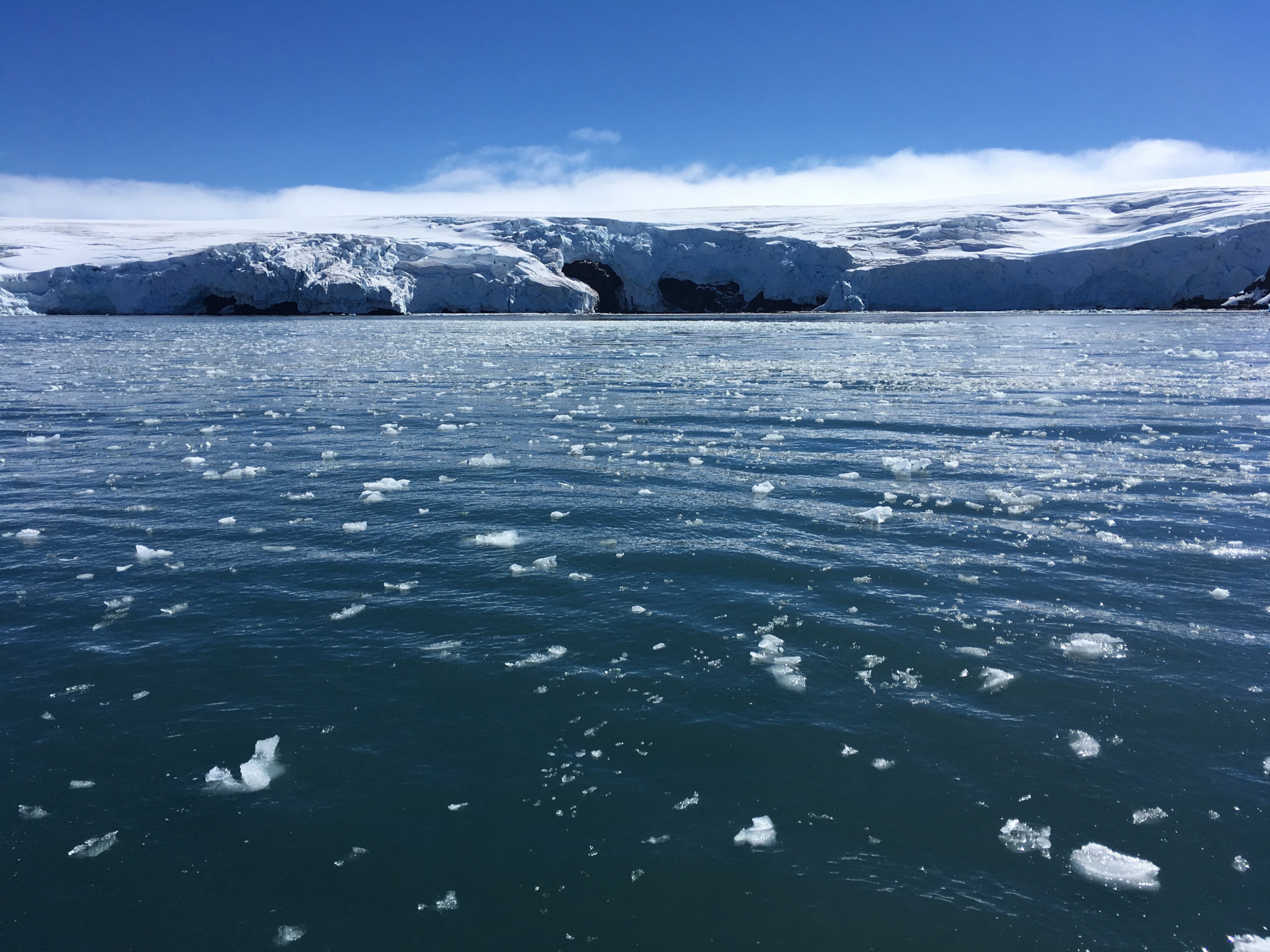This year’s record-breaking heat waves, massive storms and damaging wildfires have made the dangers of climate change clearer, in a more personal way, than ever before. Roughly three-quarters of Americans now say they’ve been affected by extreme weather in the past five years, a near 20-point jump in five months, and the majority believe climate change is at least partly to blame, according to a poll last month from The Associated Press-NORC Center for Public Affairs Research. Those risks have prompted a growing number of people to direct their dollars into investments that aim to tackle global warming and improve the environment—hoping to help save the planet and make some money at the same time.
Popularly known as green investing, this strategy is part of a broader trend among both market pros and consumers to consider non-financial factors along with strictly financial ones, when making decisions about money, from which funds to pick for your 401(k) to where you bank and which retail brands you buy. The investing version is commonly called ESG—the three letters refer to strategies that use environmental, social and governance (company leadership, policies and operations) criteria to help pick stocks. And in recent years the cash has been pouring in. Total assets in ESG investments now stand at around $8.4 trillion, or about 12.6 percent of all the money invested in the U.S., according to US SIF: The Sustainable Investment Forum, a nonprofit group. Put another way, one in every eight U.S. investor dollars is currently stashed in an ESG investment fund.
“People are already making consumer decisions related to sustainability by choosing brands that offer fuel-efficient cars or foods that are organically grown, and now they’re making similar decisions with their investing,” says Michael Young, director of education at US SIF.
The financial services industry has responded to growing interest from individual investors by introducing new funds and ETFs that follow sustainable investing strategies, with climate-focused offerings recently taking center stage. The total number of funds, several hundred strong, is dizzying, and so are many of the names—iShares Climate Conscious & Transition MSCI USA ETF and Xtrackers MSCI USA Climate Action Equity ETF were among the second quarter’s biggest launches—making it sometimes challenging for individuals to make sound choices.
Before you put your money into a green or sustainable fund, then, it’s crucial to dig into its details. A green label alone won’t tell you how a particular fund invests. You’ll find there are a wide array of strategies, and the managers may use a different definition of green from yours—and one that’s possibly a lot less green than you were hoping for. Investment returns vary widely as well.
“The proliferation of these products means that sometimes the onus is on the consumer to sort out the wheat from the chaff,” says Jay Lipman, co-founder and president of Ethic, an asset manager that works with investors and wealth advisors on sustainable investing. “There’s such a broad spectrum of quality that consumers almost need to become specialists in evaluating whether these products are actually doing what they say they’re doing.”
It doesn’t have to be quite that daunting, though, to find an option that suits your needs—one that combines a focus on the issues that matter most to you with a solid track record and stellar prospects, so you can rack up gains, the point of investing in the first place. Here’s what you need to do to make a great choice.
Figure Out Your Priorities
The first step in green investing is to figure out which environmental issues matter most to you, says certified financial planner Marguerita Cheng, CEO of Blue Ocean Global Wealth, who advises on sustainable investing. “No funds are going to check all your boxes, so it’s important to prioritize your goals,” says Cheng.
Think about which green issues stand out as your biggest concerns as well as the investment strategies that can help address them. Do you simply want to steer clear of certain types of companies, such as those that extract fossil fuels or cause pollution? Or do you want a fund that focuses on specific sustainable goals, such as carbon capture or alternative energy? Or are you most comfortable with a broad ESG fund that includes environmental issues as just one part of its overall investment strategy?
You’ll also need to consider how committed you are to green investing—that is, how much of your savings you want to devote to it—and how the funds fit into the rest of your investments and overall financial plan. Some sustainable funds hold a broad mix of stocks from a variety of industries or even bonds and cash, which can help balance your risk and returns—that is, you’ll experience fewer sharp price swings up and down, but possibly at the cost of somewhat smaller gains over time. Other funds focus on specific green goals and may hold a narrow selection of stocks. That strategy could give you more of a roller coaster ride, but one with the possibility of bigger returns (or losses) down the line, along with a more targeted way to invest in climate change solutions.
Weigh the Options
Once you have a handle on your goals, you can begin sorting through the funds available to make a suitable match. “The good news is it’s easier than ever for investors to follow a sustainable investing strategy, since there are so many funds and ETFs available, often at low cost,” says Cheng. “The bad news is that sorting through the choices can be overwhelming.”
As of mid-year, there were more than 650 sustainable investing funds and ETFs in the U.S. alone, up 11 percent from the start of the year, according to the investment research firm Morningstar. At one end of the spectrum are funds that follow a traditional broad investing strategy—they might, for example, have a mix of large U.S. companies in a variety of industries in their portfolios, along with foreign stocks and bonds—but apply an ESG filter to their picks to weed out businesses that are, say, major polluters or have a heavy carbon footprint or a record of environmental problems. At the other end of the spectrum are funds, about 100 in all, that invest more narrowly, focusing primarily on companies that support climate goals, such as reducing greenhouse gas emissions, or are working on developing innovative technologies in the sustainability space.
What kind of gains can you expect with sustainable investing? Broad ESG funds that hold a lot of the same high-quality stocks as traditional funds in their investment category, are likely to deliver returns that are similar to their conventional peers, says Alyssa Stankiewicz, associate director for sustainability research at Morningstar. But funds that use tighter screens to avoid certain groups of stocks may have different results. “The more sectors a fund excludes, and the larger those sectors are, the more deviation investors should expect from conventional funds,” says Stankiewicz.
Most ESG funds, in fact, made less money than their traditional counterparts last year, in part because they held fewer shares of the market’s big winners, such as energy companies Occidental Petroleum and Exxon, which produce fossil fuels. But looking back at the past three-and five-year periods, sustainable funds generally did better than conventional funds, Morningstar data shows. And the funds are looking good again lately too: The S&P 500 ESG Index has posted a total return of 13.4 percent for the year through October 20, vs. 11.5 percent for the traditional S&P 500 index.
Be Wary of Greenwashing
Another challenge for investors who want to focus on companies tackling climate change and other environmental issues is figuring out how well a fund lives up to its name and its mission. “There is a certain amount of hype or greenwashing, which can make it difficult for investors to understand how a fund really invests,” says Cheng. That’s because under SEC rules, a fund that says it will follow a particular investment strategy, such as holding small company or foreign stocks, must invest at least 80 percent of the portfolio according to that policy. But as much as 20 percent can be invested differently. (The rule does not specifically address ESG themes, such as being fossil fuel free.)
Given that wiggle room, all of the companies that a sustainable fund has in its portfolio may not be green enough for some climate-conscious investors. “If a fund says it will avoid fossil fuel producers, many investors may not be pleased if those stocks show up in the portfolio,” says Andrew Montes, director of digital strategies at As You Sow, a nonprofit shareholder advocacy group that grades ESG funds on their sustainable practices.
Consider, for example, BlackRock U.S. Carbon Transition Readiness ETF, which looks to invest in companies that will benefit from the shift to a low-carbon economy. But with the exception of Tesla, the fund’s biggest investments are in big consumer and tech companies—Apple, Amazon and MasterCard, for instance—that don’t have an obvious, direct connection to tackling climate change. (These companies are among the top 10 holdings of many ESG funds.) Moreover, 8 percent of the fund is invested in oil and gas stocks like Chevron and ConocoPhillips, which earned it a “D” in the fossil fuel category from As You Sow. The fund actually did better in other ESG categories than it did on its primary mission, getting a “B” for avoiding tobacco companies and an “A” in gender equality.
A bit more clarity on ESG fund practices is coming, as the SEC recently updated its rules on misleading or deceptive fund names. Although the 80 percent portfolio rule was not changed, it was broadened to specifically include ESG funds, which means they are now required to regularly align their portfolios to comply. The rule changes also require funds to better communicate their strategies, including using plain English meanings in their names and terminology. Funds will have two years or more to fall in line.
Dip a Toe In
One way to ease into sustainable investing is to direct a small percentage of your savings into a broadly invested sustainable stock fund rather than committing a lot of money all at once or narrowly focusing on climate-related companies from the get-go. Your best bet: an ESG index fund that holds big, established companies and tracks a benchmark of stocks that meet sustainable criteria or an actively managed fund that makes its own stock picks but follows a similar strategy.
“These core funds tend to be among the first-generation of ESG funds, and you may already have one in your 401(k) plan,” says Gordon Achtermann, a certified financial planner in Fairfax, Virginia, who advises on sustainable investing. Another advantage to this approach: These funds typically have low management fees, so those charges won’t eat into your potential gains.
The strategy for many of these core funds is to exclude several categories of stocks based on different ESG concerns, including climate-focused issues like fossil fuels and deforestation, as well as other industries many socially conscious investors want to avoid, like military weapons and tobacco. Some funds may track a broad ESG index—a basket of stocks designed to mirror the performance of companies that score high marks on environmental and social criteria. One such fund that may be found in 401(k) plans is the Vanguard FTSE Social Index Fund, which mirrors a benchmark called the FTSE4Good US Select, and charges a slim management fee of 0.14 percent—just $1.40 for every $1,000 you put in.
You are less likely to find a fund that specifically targets climate goals, such as low carbon emissions, on your 401(k) menu. But many plans offer a brokerage window through which you can invest in funds outside your plan. Or you can invest in green funds or stocks on your own via an individual account at most fund companies and brokerage firms.
Go Greener If You’re Ready
If you want to make a stronger commitment to green investing, you can opt for funds that use stricter definitions of sustainability. But those definitions vary a lot among funds, as do the indexes they may follow, says Montes. To get a clear picture of the fund’s strategy, look at the stocks it owns to see if the practices align with your idea of green investing—and stay alert for changes. (You can find that information on the company’s website or by looking up the fund’s summary and top holdings at Morningstar.com.)
Take Parnassus Core Equity, which scores top grades for sustainability, according to Morningstar. Recently the fund announced it was no longer avoiding nuclear energy, which the team now views as an essential source of fuel that can help the transition to renewable energy. “We won’t rule it out, since nuclear energy has built a good safety record over the years,” says Parnassus chief investment officer Todd Ahlsten. Still, the fund does not currently hold nuclear energy stocks, and its top holdings lean toward blue-chip companies, such as Microsoft, Alphabet and MasterCard, which have low carbon footprints. The fund has returned an average of 10.5 percent annually for the five years ended October 20.
If you want to lean even further into sustainability, you can add funds that focus on impact investing, a strategy that aims to make progress toward specific goals. Fidelity Water Sustainability Fund, which seeks to preserve clean drinking water, has stakes in Pentair, a water treatment company, and Tetra Tech, an engineering company that provides water-related services. For those interested in aiding the development of fuel cell technology, you have options such as Global X Hydrogen ETF, with its top stake in fuel cell maker Bloom Energy. To minimize risk, however, most impact investors would do best to commit no more than 15 percent of their portfolio to narrowly focused green funds, says Achtermann.
Whatever green investing strategy you prefer, by choosing funds that fit your goals, you can not only earn solid returns but also invest in ways that align with your values. Says Cliff Feigenbaum, founder and publisher of environmental website GreenMoney.com, “Sustainable investing in responsible companies just makes sense, and it helps to build a world we want to live in.”


